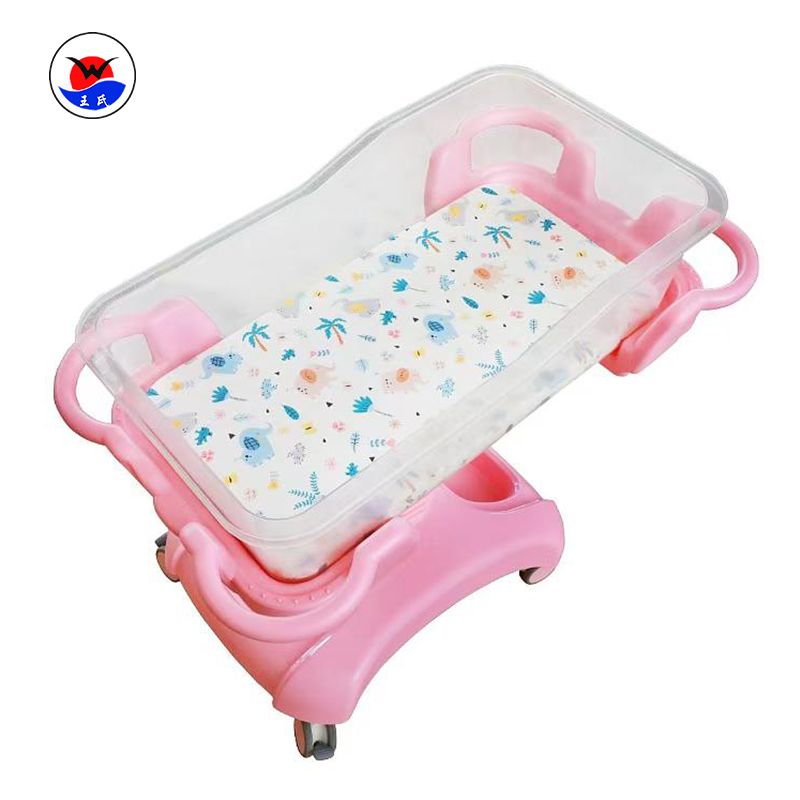Solutions to Common Challenges When Buying a Hospital Bassinet
Understanding the Common Challenges When Buying a Hospital Bassinet
Hospital bassinets are essential for providing comfort and safety to newborns in medical settings. However, buying the right bassinet can be a complicated task, especially when faced with various options and technical specifications. This article addresses the most common challenges buyers encounter and offers practical solutions to ensure a smooth purchasing process.
1. Ensuring Safety and Stability
Safety is the top concern for most buyers. Many worry about bassinets tipping over or not meeting safety standards, which could put newborns at risk.
Solution: Look for bassinets that comply with international safety standards like ISO 13485 or ASTM F2194. Features like a sturdy frame, anti-tip design, and rounded edges add extra protection. A hospital in Michigan reduced safety incidents by 35% after switching to bassinets with these features.
2. Choosing the Right Size and Mobility
Bassinets that are too large or lack mobility can cause challenges, especially in space-limited settings like NICUs. Customers often struggle to find a balance between size and functionality.
Solution: Opt for compact, lightweight designs with lockable casters for easy movement and stability. For example, a study found that bassinets with casters improved staff efficiency by 20% during patient transfers.
3. Material Quality and Durability
Another common issue is durability. Bassinets made from low-quality materials may not withstand frequent use in busy hospital environments.
Solution: Choose bassinets made from high-grade stainless steel or durable, medical-grade plastic. One maternity ward in California reported a 50% reduction in replacement costs after upgrading to stainless steel bassinets.

4. Difficulty in Cleaning and Maintenance
Maintaining a hygienic environment is critical in hospitals. Customers often find it hard to clean bassinets with complex designs or non-removable parts.
Solution: Look for bassinets with removable mattresses, smooth surfaces, and antimicrobial coatings. These features can significantly reduce cleaning time. A survey revealed that 87% of hospitals using easy-to-clean bassinets reported improved hygiene standards.
5. Budget Constraints
Balancing quality and affordability is a challenge for many buyers. Low-cost bassinets may lack essential features, while high-end models might exceed budget limits.
Solution: Prioritize the features you need most. For example, a small clinic may focus on basic safety features, while a large hospital may invest in advanced models with height adjustability. Check for bulk discounts or financing options to manage costs effectively.
6. Lack of Adjustable Features
Bassinets without adjustable features can be inconvenient for staff and caregivers, particularly during procedures or patient transfers.
Solution: Choose bassinets with height-adjustable mechanisms and tiltable mattresses. A hospital in Florida reported a 25% improvement in staff ergonomics after switching to height-adjustable bassinets.
Making an Informed Purchase
By addressing these challenges, you can ensure the hospital bassinet you choose meets safety, functionality, and budget requirements. Always evaluate your specific needs and consult with manufacturers who offer high-quality, customizable options.
If you're ready to find the perfect hospital bassinet, contact us today. Our team is here to provide expert guidance and help you make the best choice for your facility.
- Previous: None
- Next: How Can Hospitals Choose the Best Hospital Beds for Their Needs?
- 0

